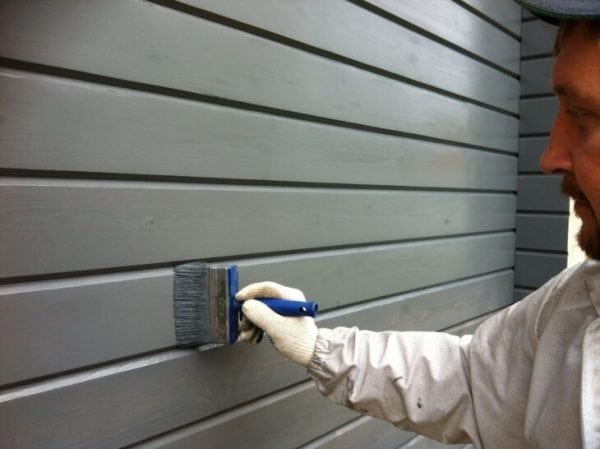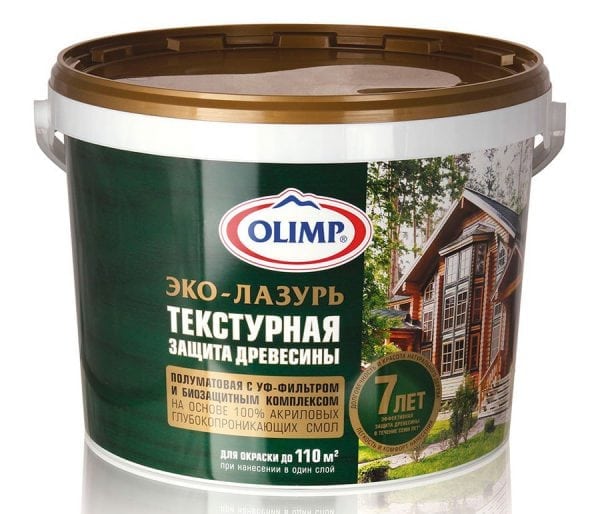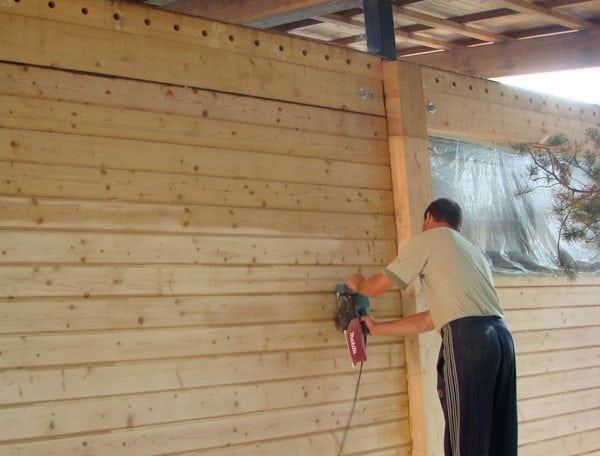All owners of wooden houses immediately think about how to protect their future homes from the harmful effects of the environment. Modern technologies and achievements allow not only to protect, but also to transform the appearance of the house. For this, facade paint on wood looks great.
- Basic properties of paint
- Types of paints for a wooden house
- Preparatory work with wood before painting
- How to paint a facade of a wooden house
- Conclusion
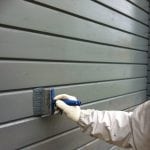
Just ten years ago, all of their “protection” was that they enveloped the tree with a film that prevented penetration of moisture and air, as well as sunlight. It was an opaque paint. Moreover, the number of colors and shades offered on the market did not consist of more than a hundred pieces. Now everything has changed dramatically.
to contents ↑Basic properties of paint
In fact, the main function that manufacturers lay in the paint is protective. They also think about the decorative component, but it is not a priority. Paint should protect the tree from the following negative factors:
- Ultraviolet. This type of solar radiation is extremely detrimental to the appearance of the tree, causing it to fade and lose its visual appeal;
- Rain. Wood swells from exposure to moisture, and shrinks when it dries. As a result, cracks appear on the tree, which not only look ugly, but also significantly reduce the strength of the array;
- Insect pests. A variety of bugs and worms can turn even a 10x10 cm cross-section beam into a sieve in 5-10 years. Naturally, after a couple of years of their “work”, the tree will lose most of its strength.
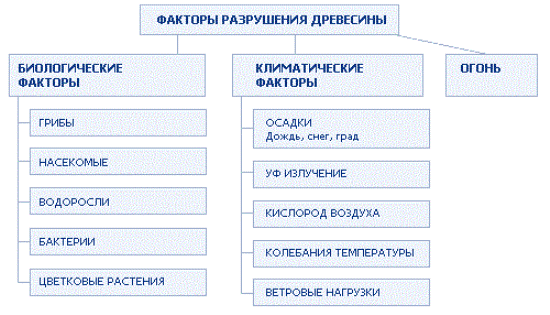
Types of paints for a wooden house
Today a whole mass of paints is presented. And on each of the cans is written different. In order not to get lost among all this diversity, you need to know what types of paints stand out among others:
- Antiseptic. A protective coating that prevents the appearance of various bacteria and fungi on the surface of wooden parts of the house. There are 2 types of antiseptics: top coat - this is the paint that envelops the tree, hiding its structure underneath; Lessing - a varnish that nourishes an array of wood with antiseptic substances, but not hiding the natural pattern of wood;
- Acrylic coating. This is a well-known tool that has been popular for the last 5-7 years and does not give up its positions. This is facilitated by the environmental friendliness of the coating, its durability, the absence of unpleasant odors, ease of application during work and quick drying;
- Oil coating. Here it is worth noting the fact that, in contrast to acrylic, she can put excellent impregnation instead of enveloping her acrylic product. Due to this, all the positive effects that chemists of the manufacturing company added to it are absorbed into the tree, and do not remain on its surface.The following advantages can also be attributed here: adequate price, a huge selection of colors and shades, the ability to simply update the coating, applying a new layer over the old one, and also respond well to temperature changes. The only drawback to acrylic paints for the home is a long drying time, and even the acquisition of a matte texture over time, but this can not be called a drawback;
- Alkyd paint. This is a representative of the old school, who does not give up their positions today. Its main feature is a quick drying after paint work. Thanks to this, the residents of the house can move into it within 12 hours after coating. But, such a short drying time is also a minus, since the coating layer does not have time to deeply absorb into the wood;
- Rubber paint. It has the best protective properties. She simply envelops the tree, not allowing any external influences to penetrate it. In its characteristics, it is very similar to acrylic coatings, but has a slightly more modern composition.
Waterborne dispersion paint. This is the latest brainchild of modern science. Due to the absence of any chemically harmful compounds that are present in other coatings, it is absolutely safe for health. In fact, waterborne paints are a variety of coatings for a wooden house. They include acrylic and rubber and alkyd compounds.
to contents ↑All that water-dispersion coatings differ from traditional is environmental friendliness and the absence of hazardous chemical compounds in the composition.
Preparatory work with wood before painting
Before applying any paint to a tree, it must be prepared. At the beginning of the work, the array is cleaned of burrs, dirt and old coatings. A grinder is perfect for this. If the tree is new, then on it all chipped parts are smoothed out and chipped chips are removed. If the wood is not new, then the grinding machine removes the top layer of the wood, thereby giving it a fresh look.
The second step is chemical treatment. Now comes the turn of the primer. This coating should not be neglected. The fact is that primers have an antiseptic effect and contribute to better bonding of paint with wood. On average, the service life of a color coating applied to the primer is 5-10 times longer than when applied simply to wood. In addition, the possibility of the appearance of different infections on the boards is also prevented.
to contents ↑How to paint a facade of a wooden house
During the painting process, there are several fundamental rules that apply to all types of paints:
- Staining should be carried out at an ambient temperature of + 5 ° C to 20 ° C;
- The surface of the tree during the work must be dry;
- Facade paint should only be applied to the facade of the house. Indoors, it is strictly forbidden to use;
- The paint is applied in several layers. The first layer is absorbed into the wood, so it changes color after drying. The same advice applies to varnishes. The first layer is absorbed. All subsequent ones will already perform the function of a protective film;
- Primer and impregnation must be made by the same manufacturer as the main paint coating.
Conclusion
Today's selection of wood facade paints is really huge. And staying on any one is really difficult. And, if you are offered to take a few paints and try to paint small images of a tree with them, in order to see how they will look, then you should not do this. It is important to remember: that coating that looks beautiful on the board can become gray and unremarkable when applying paint to the entire wall.
Ultimately, it is necessary to choose a particular paint or varnish from the natural conditions in which the house is located, personal desires and, of course, opportunities. But the best choice is water dispersion paints, since they show the best results in terms of operation and are completely environmentally friendly building materials.

